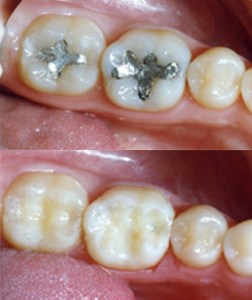Resin Vs Ceramic Fillings

They are fashioned in a lab from impressions of the patient s teeth and are made to look and feel natural.
Resin vs ceramic fillings. Resin composite fillings are a soft plastic that is blended with ceramic or glass to help make them stronger. They bond with your teeth helping to seal a cavity against leakage to prevent decay around the filling. Meanwhile well installed ceramic fillings can last up to 20 years or so in a patient s mouth which is certainly a blessing in numerous ways. Most metal dental fillings are dental amalgam a stable alloy made with mercury silver tin copper and other metals.
They cost less but need to be replaced on average every 4 to 5 years as they are unable to withstand heavy chewing pressure and fracture more easily. Composite resin fillings do not have the same success rate as porcelain or gold. For most new fillings composite resin fillings are a great choice. Porcelain figurines are characterized by a pale white finish and.
When you re replacing fillings such as in a full moth rejuvenation consider ceramic fillings. Particularly with amalgam fillings and their mixture of silver and other. This material generally lasts more than 15 years and can cost as much as gold. Although concerns have been raised over the years about the safety of mercury in dental amalgam there is no conclusive evidence to support that you re better off having amalgam fillings replaced with alternative materials.
The facts on fillings. Ceramic resin figurines tend to be cheaper than porcelain figurines due to the relative ease of creating them. This is especially true if you re replacing metal amalgam fillings. Each type of filling has advantages and drawbacks.
It s important to consider whether you re getting a new filling or a replacement. Tooth colored fillings come in two main types. 3 less toxic goodbye mercury amalgam fillings. However ceramic figurines aren t as tough as porcelain.
White plastic resin fillings vs ceramic porcelain fillings. Amalgam a mixture of metals and resin composite ceramic and plastic compound. The options available for restoring your teeth are as follows. These fillings are good.
Resin composite and ceramic. Porcelain porcelain is also known as china and chinaware as homage to the recognized birthplace of porcelain. Crowns are usually made from ceramic porcelain fused to metal resin or gold. You and your dentist have two choices when it comes to fillings.
These fillings are made most often of porcelain and are more resistant to staining than composite resin material. White plastic composite resin fillings these are the ones most commonly placed when you have a cavity. Safety of materials is positive focus when discussing ceramic fillings. When placing a crown a dentist will first remove any decay or old fillings.



















